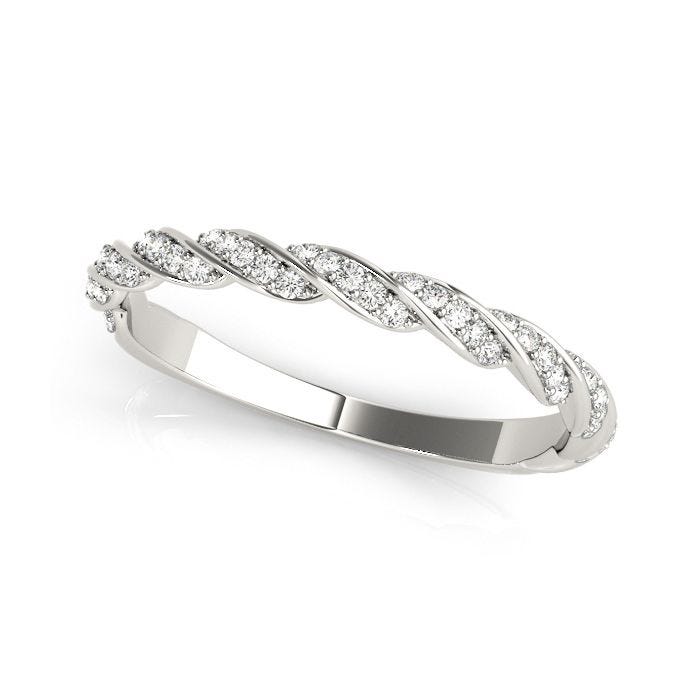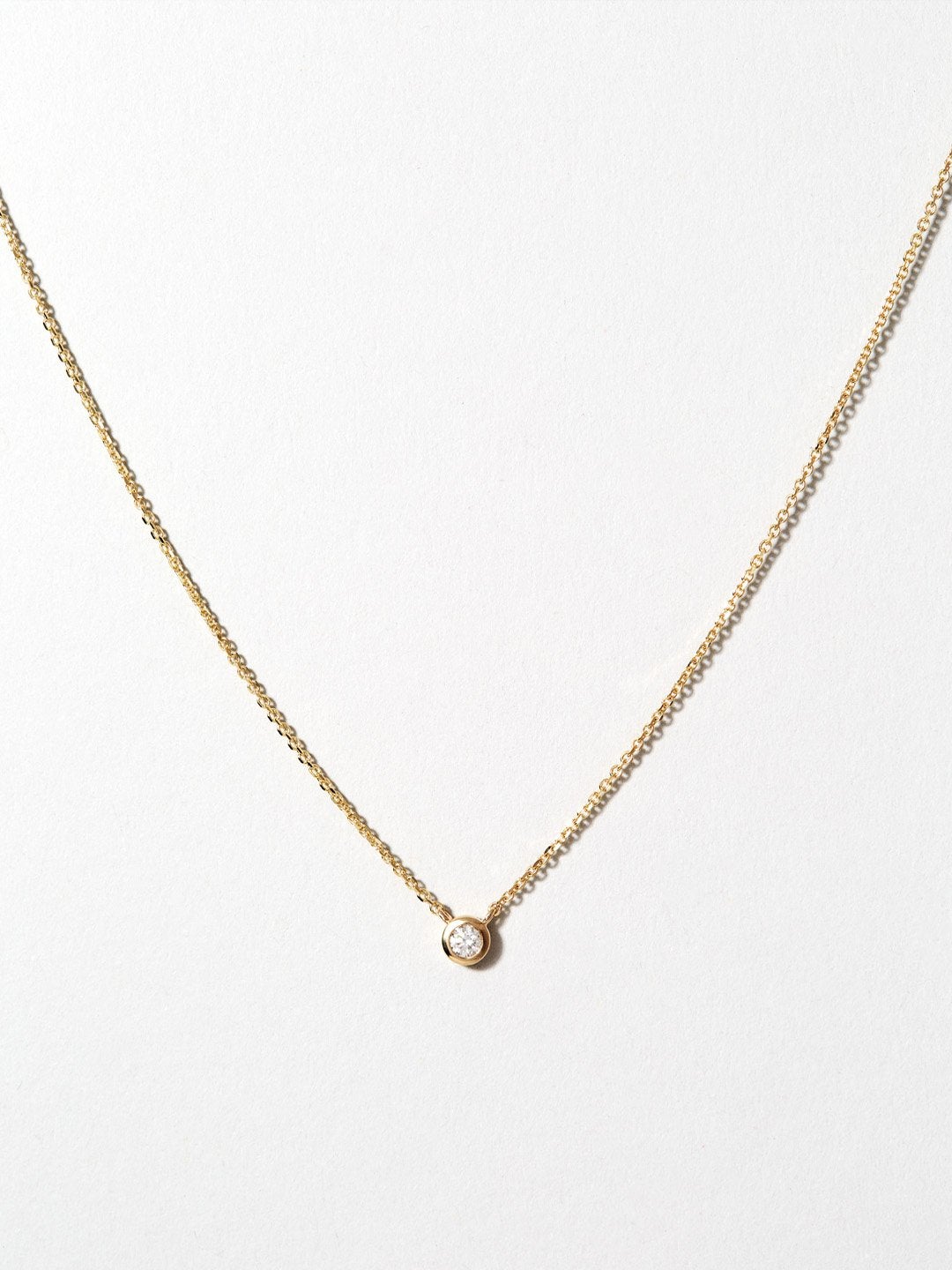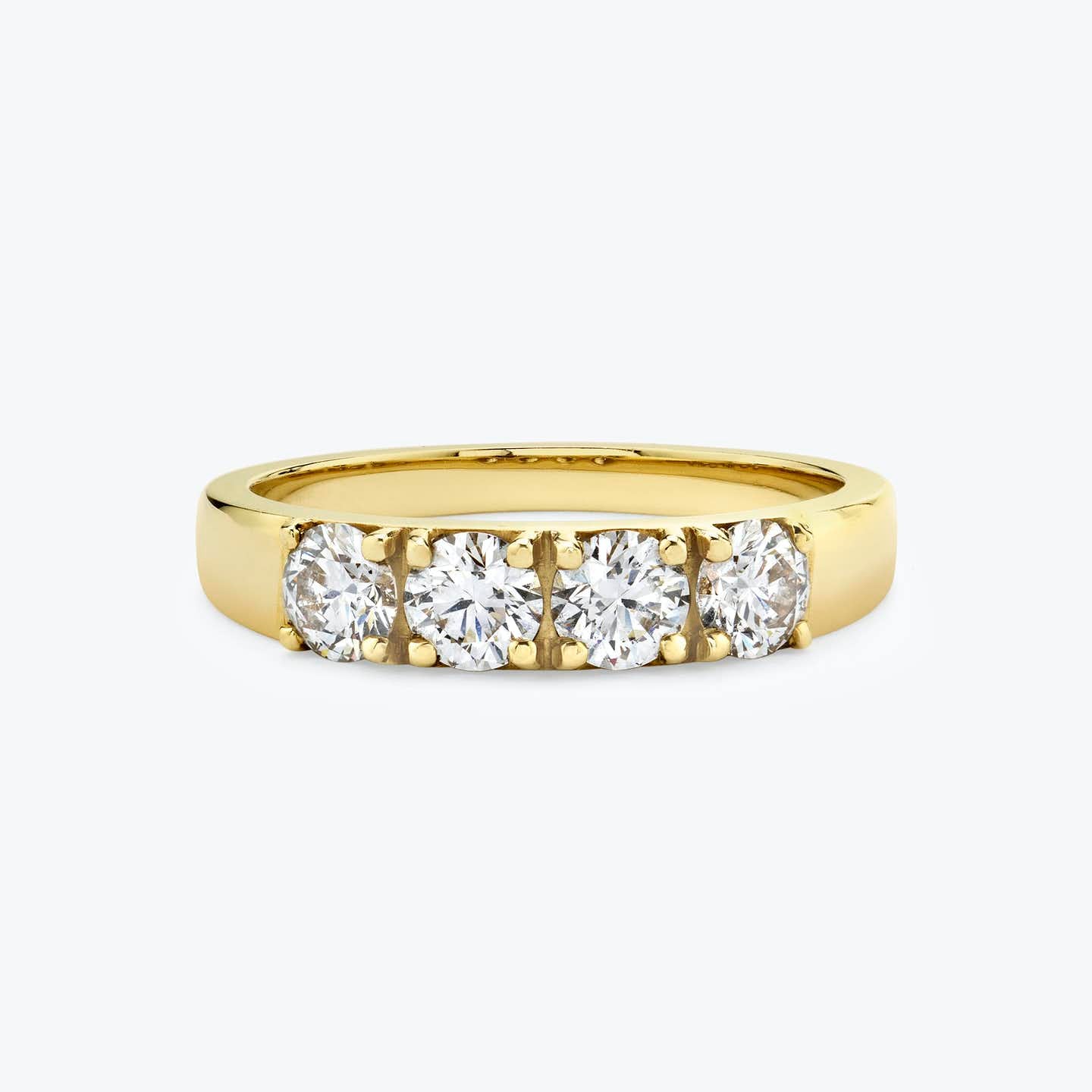Deciphering Diamonds: Is Lab-Grown The Same As Natural?
If you’ve browsed for fine jewelry in the last few years, you’ve probably noticed a growing number of brands offering “lab-grown” diamonds at a fraction of the cost of “natural” or mined diamonds. These companies boast slick digital packaging and handy-dandy charts that compare the clunky-and-corrupt “middlemen” of the traditional diamond industry to the minimal-and-transparent supply chain that lab-created stones pass through. And, yes, these pressure-cooker-made stones are diamonds; the FTC ruled in 2018 that “a diamond is a diamond no matter whether it is grown in a lab or comes out of the ground”. Clocking in, on average, at 30% less than the price of a mined diamond, these rocks seem to be a no-brainer. But is the decision really that simple? We decided to mine (!) the topic for some more information.
AdvertisementADVERTISEMENT
“
All diamonds, before they’re cut and polished, look like something in the bottom of a fishbowl.
Alexander Weindling, Great Heights Jewelry
”
If you need a refresher on how diamonds are pulled from the ground, here’s the simplest explanation: layers of earth (either on the earth’s surface or underwater) are removed to reveal a lode of kimberlite, a silty substance where raw stones are often embedded in elongated “pipes” that extend, pore-like, into the planet. Lab diamonds, explains Alexander Weindling of jewelry brand Great Heights, are made through a process called chemical vapor deposition. “You literally take a little sliver of a lab-grown diamond, subject it to heat at the temperature of the sun in a very sterile chamber — and it grows into something that looks like a burnt marshmallow. "All diamonds,” he adds, whether lab-grown or mined, “before they’re cut and polished, look like something in the bottom of a fishbowl.”
“
I quickly understood that if we wanted to be transparent on diamonds, we couldn’t work with mined products, and it would have to go the lab-grown path.
David Benayoun, Ana Luisa co-founder
”
Aside from the stones’ competitive cost, many brands that use lab diamonds also cite transparency in the supply chain — something that mined diamonds often lack. When Ana Luisa co-founder David Benayoun decided to launch a fine jewelry assortment within his sustainably-minded demi-fine brand, he attempted to source traceable mined diamonds — and quickly hit a wall, arriving at a point in the supply chain where the trail for a stone’s origin went cold. “I naively started meeting with a lot of diamond suppliers in the US, in Italy, in Europe, and in Asia, and if I ever asked the origin of the stones, they would tell me, ‘We don’t really know,’” Benayoun explained. “I quickly understood that if we wanted to be transparent on diamonds, we couldn’t work with mined products, and it would have to go the lab-grown path.”
AdvertisementADVERTISEMENT
However, Kristina Buckley Kayel, managing director of the Natural Diamonds Council, cites a 2019 report authored by Trucost, a third-party auditing company that assesses risks relating to climate change and natural resources. It found that the members of the NDC (seven leading diamond producers that comprise almost 80% of the industry) had “a positive socio-economic impact” in the nations where diamond mining takes place. “In one year, the net benefits are about sixteen billion dollars,” she explained, “and about 80% of that goes back directly into the local communities from which the diamonds originate — into healthcare, education, local goods, and services.” In addition, according to the Diamond Loupe, while mined diamonds “have a high environmental impact, displacing thousands of tonnes of rock, the analysis found the carbon intensity of natural diamonds was lower” than that of lab-created stones.
You’ll often see lab-grown diamond companies touting the sustainable or ethical status of their stones. While they certainly don’t inflict the same type of environmental damage as their earth-sourced counterparts, these man-made stones are not without their own unique footprint. An anonymous former diamond-lab employee told JCK in 2019 that “the machines that produce diamonds ‘require constant energy, 24/7, running huge microwave-heat generators.’” Adds Kayel: “The amount of energy that’s required to mirror a billion-year natural process in the span of two weeks is incredible — let alone the water to cool it off.”
AdvertisementADVERTISEMENT
“
A natural diamond is a billion years in the making, one of nature’s most incredible miracles.
Kristina Buckley Kayel, NaTURAL DIAMONDS COUNCIL
”
Despite the apples-and-oranges comparison of the environmental strain caused by the two different types of stones, there’s one thing we still want to know: which type of diamond is best? It really depends on who you ask. “A natural diamond is a billion years in the making, one of nature’s most incredible miracles,” says Kayel. Weindling, on the other hand, reminds us that, despite its technological origins, “[a lab-created diamond] is a real diamond,” and many “go through the exact same cutting and polishing process, and [are sent] to the same laboratories to [be certified]” as the stones that come out of the ground. At the end of the day, says Weindling, “it doesn’t need to be this mysterious, and just tell people the truth and let them decide.” So, we encourage you to ask questions of your jeweler and follow your heart when it comes to choosing the diamond that’s right for you.
At Refinery29, we’re here to help you navigate this overwhelming world of stuff. All of our market picks are independently selected and curated by the editorial team. All product details reflect the price and availability at the time of publication. If you buy something we link to on our site, Refinery29 may earn commission.
AdvertisementADVERTISEMENT












